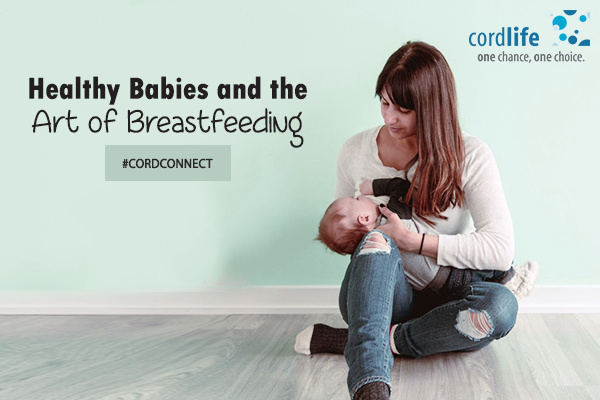Table of Contents
Pregnancy is the best time to learn about the benefits of breastfeeding so that you can give your baby a healthy start in life. Knowing what to expect will help you make the decision to breastfeed and make it easier to get through the rough patches.
Breast milk is the ideal nutrition for newborns as it contains everything your baby needs to grow. It has just the right combination of protein, vitamins, fat and is easy on the baby’s immature digestive system. It also contains antibodies that help your baby fight common illnesses like ear infections, colds, etc. No wonder breastfed babies tend to get sick much lesser. Breastfeeding is good for the mother too. The hormones released during breastfeeding help the mother’s body recover from childbirth and make the uterus contract back to its pre pregnancy size.
The World Health Organization (WHO) recommends exclusive breastfeeding for the first 6months of the baby’s life after which nutritious solid foods must be introduced. Breastfeeding can be continued beyond the 6 month mark, alongside complementary foods, for as long as is desired by mother and baby.
It takes about 3 to 4 days for breast milk to come in and most new moms have similar questions when they start their breastfeeding journey. How much milk does my baby need? Am I making enough? The good news is that babies do not need much during the first couple of days. As days go by your baby’s demand will go up and so will your supply. You can tell if your baby is getting enough and feeding well if,
- Your baby wets 6 to 8 diapers a day
- He seems settled after a feed
- Your breasts get soft after the baby feeds
- Your baby unlatches on his own
- Your baby is putting on weight
It is essential that both mother and baby are comfortable during the feed. Poor latching and incorrect positions can make it uncomfortable and difficult to continue breastfeeding for 6 long months. Sore nipples, excessive back pain and general discomfort during feeds can discourage a new mother. Work on establishing a good latch with the help of experienced moms or a lactation consultation. There are many positions and holds like the cradle hold, football hold and reclining position. Finding a position that works for both you and your baby will go a long way in making your breastfeeding journey comfortable.
Priya, first time mother of a healthy 9month old says, “I almost gave up on breastfeeding when I had to go back to work 3 months after my little one was born. That’s when I turned to the breast pump.” Pumping breast milk has become a common practice amongst mothers. Mothers need not have to stop breastfeeding when direct breastfeeding becomes infeasible.
However, if for any reason you are not able to breastfeed in spite of your best efforts, fret not as there are alternatives. Speak to your healthcare provider about it.
